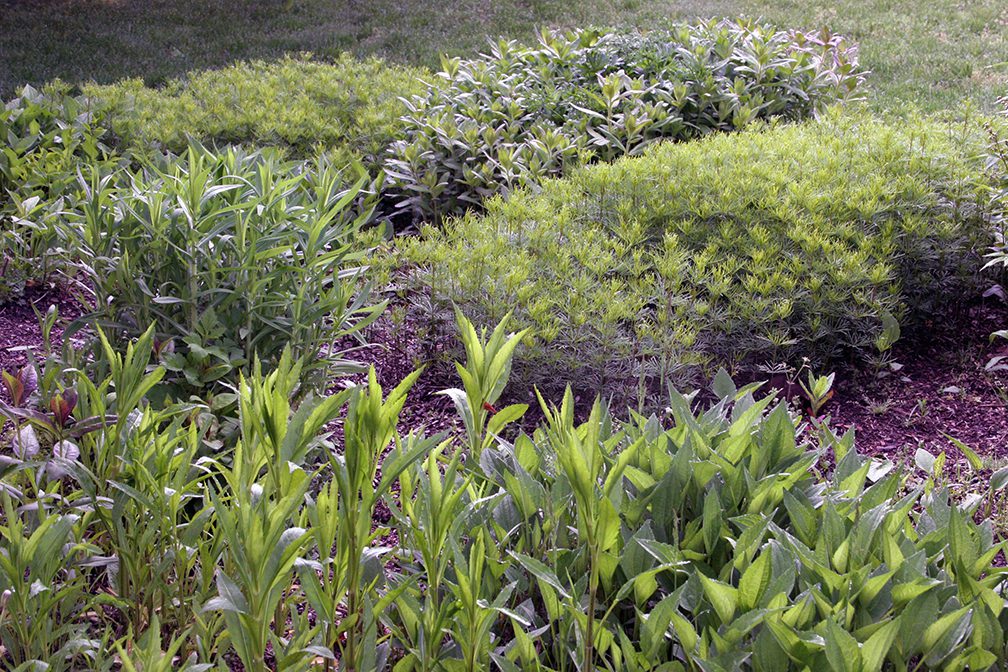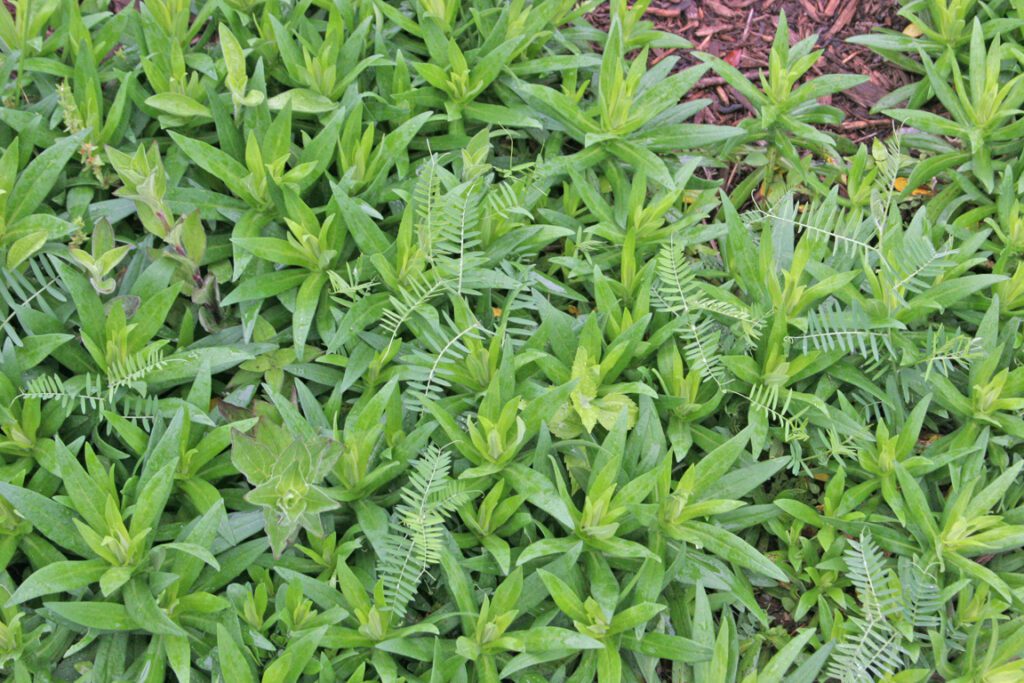Spreading Perennials
Spreading Perennials
Fall is often mentioned as the time to dig and divide perennials. Yes, September is a great time to get into your flower beds and move things around. Be careful, however, of the “I can’t throw this plant out…where can I put it?” syndrome. With some plant, saving them is a make-work project for you.
Many people think that perennials are less work because they come up every year. But some of these plants spread or self-seed so prolifically that they need digging and dividing every three to five years. These plants are not exactly low-maintenance. Such perennials are often given to friends, family and neighbors. We call them “pass along plants” for this reason, and this can be a good thing. Yet every gardener and home landscaper needs to remember that if someone wants to give you a perennial plant, there’s a reason they have it to give away!
To grow perennials means to constantly be involved with their care. It means being willing to take some plants out in order to allow less vigorous selections to thrive. It means being a good editor of weeds and excess growth.
Fall is a fine time to dig and divide…it’s also a good season to throw the over-growth away.


C.L.’s Tips for Dealing With Aggressive, Rapidly Spreading Plants
- Here’s the rule I use: if a plant more than doubles its size from one season to the next, that’s an invasive plant and it has to go. Proceed to the burn pile, do not pass Go (or the compost pile) and do not collect $200. (Such plants want a Monopoly, hence the association in my mind.) Yes, I may want a fast-spreading ground cover, but there’s a limit!
- If you’re willing to edit out an overachiever plant on an annual basis, and don’t mind throwing the excess away, by all means keep that selection in your garden. Be honest about your time and energy, however.
- Grow them in containers! If you especially love one of the classic garden thugs, raise it in a pot. A word to the wise, however: such plants can often be seen growing out the bottom drainage holes. Use saucers so that they don’t root in the soil. Forewarned is forearmed.
- If someone wants to give you a plant from their garden it just might be a fast-spreader. Ask yourself this: do I really want something that I too will need to edit and control in the next two to four years? And am I willing to do the work of keeping this plant in bounds?
4 Comments
Leave a Comment
Subscribe To Our Newsletter
Sign up for our weekly email about sales and events.

good advice on perennials!
Hi,
Would you kindly let me know what all those beautiful plants are? My 1/4 acre side yard is totally trees and shade, and I would love to have a prettier view of flowers outside my bay window.
Thank you,
Judy
Judy – the plants in that shade garden include: Phlox divaricata (blue flower), Stylophorum diphyllum (yellow flower), Lunaria annua (purple flower) and Alchemilla mollis, Helleborus niger and Helleborus orientalis, which were not in flower when this photo was taken. Lovely, but the Phlox, Stylophorum, and Lunaria are all spreaders and so are high-maintenance. There were hydrangeas and hosta, plus some ferns in this garden as well.
Absolutely stunning C.L.